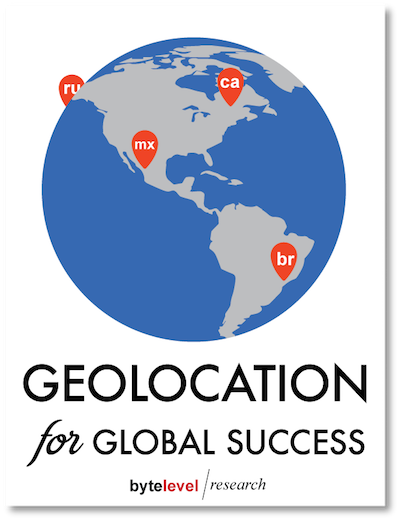In the 2015 Web Globalization Report Card, slightly more than half of the websites studied use geolocation specifically to improve global navigation. This is up significantly from just a few years ago.
Geolocation is the process of identifying the IP address of a user’s computer or smartphone and responding with localized content or websites. Companies that make use of geolocation for navigation include Google, Adobe, Dyson, Emirates — even Jack Daniels.
If you don’t support country codes (which I recommend) geolocation is downright essential. Country codes act as local “front doors” to your local websites. But if you don’t provide such front doors you are effectively inviting the world into the “lobby” of your .com address and expecting them to find their way.
Perhaps they will; perhaps they won’t.
Many companies I speak to these days report that more than 50% of the traffic to their .com domains originate from outside or of the US — so we’re talking significant numbers of people. And geolocation plays a huge role in helping these people find their way, improving traffic to the local websites.
Now, there are different ways to implement geolocation, which I document in the new report Geolocation for Global Success. And it is possible to implement geolocation in a way that is actually worse than not using geolocation at all, so be mindful of the user experience when you develop your navigation plan.
To learn more about geolocation check out:

